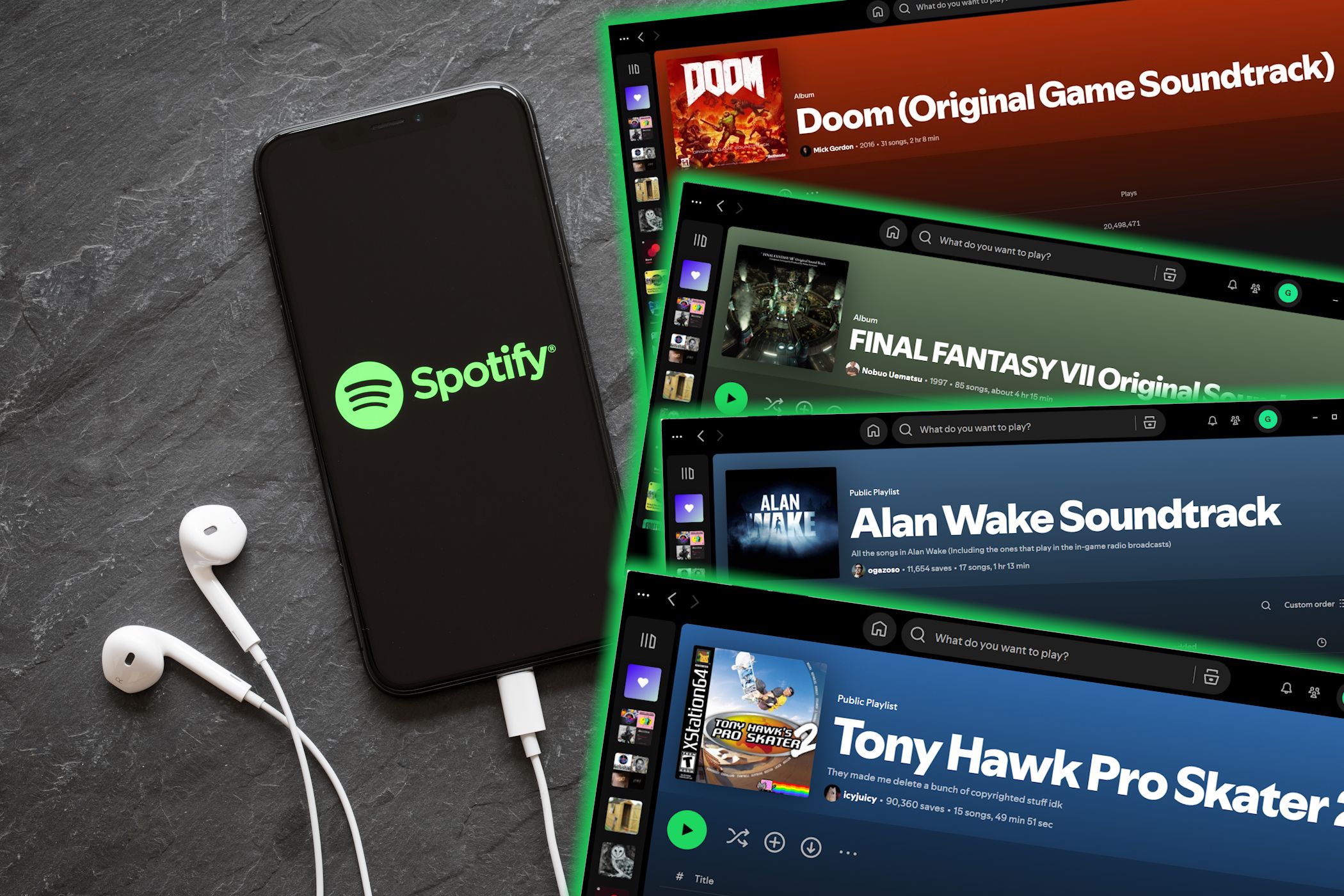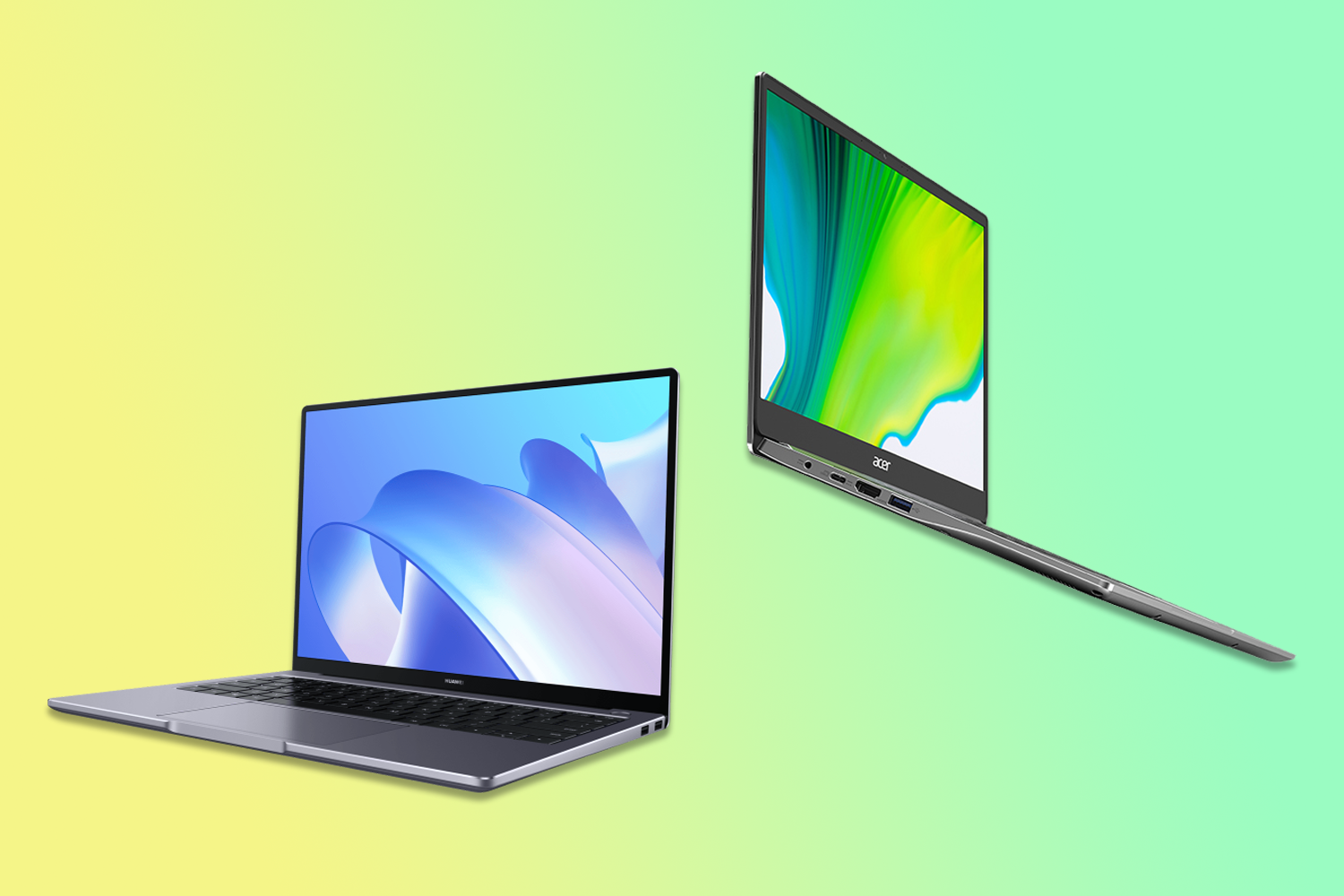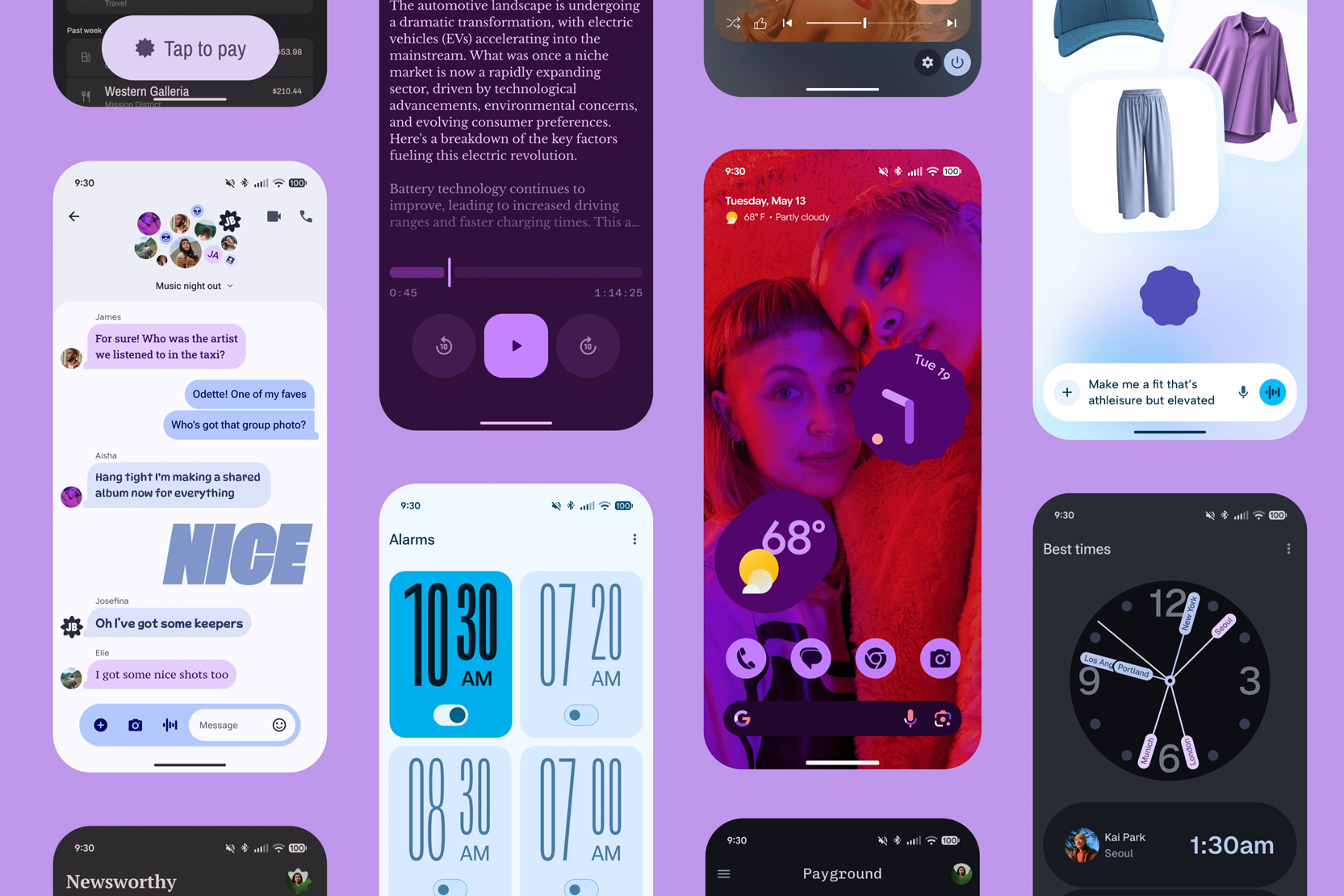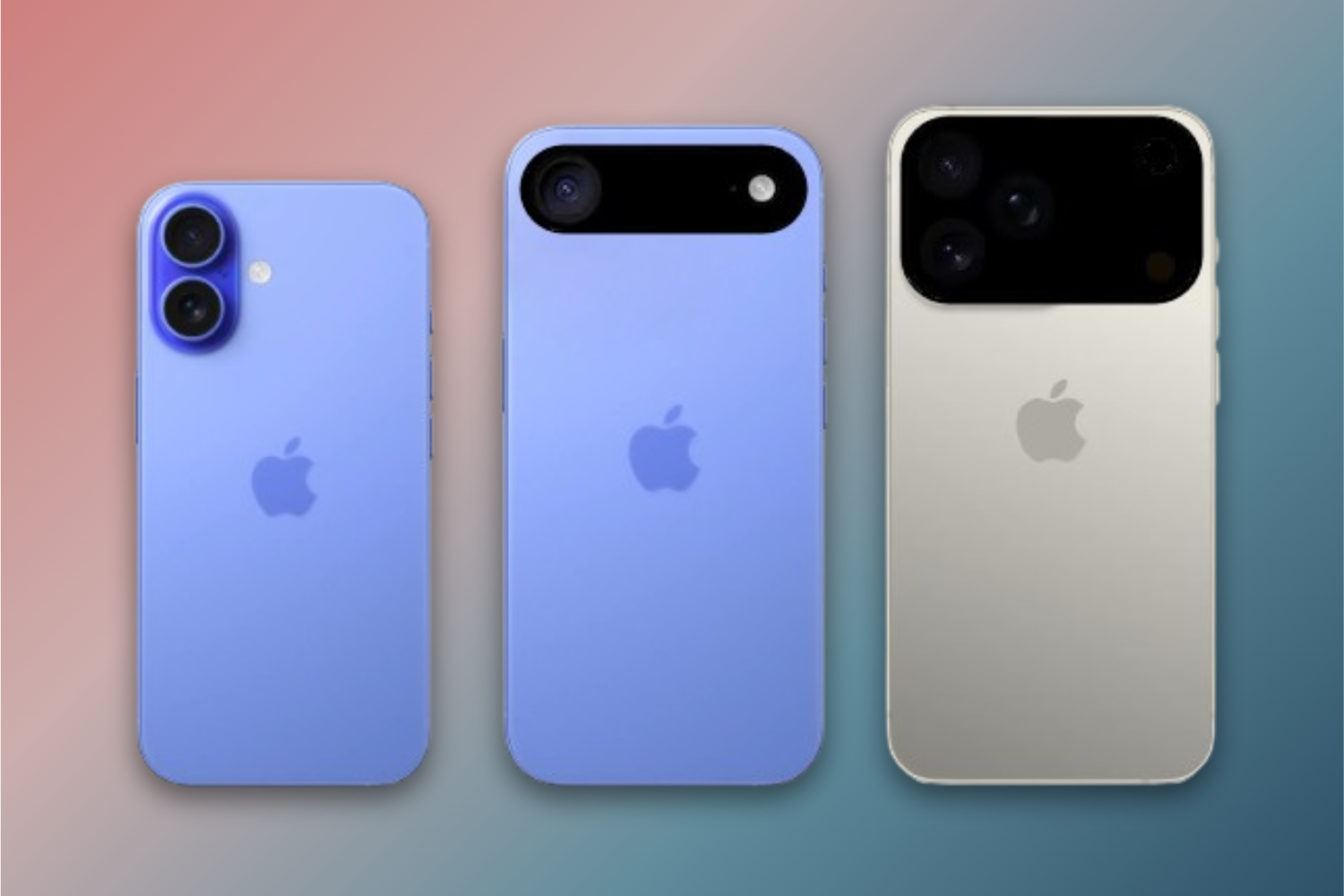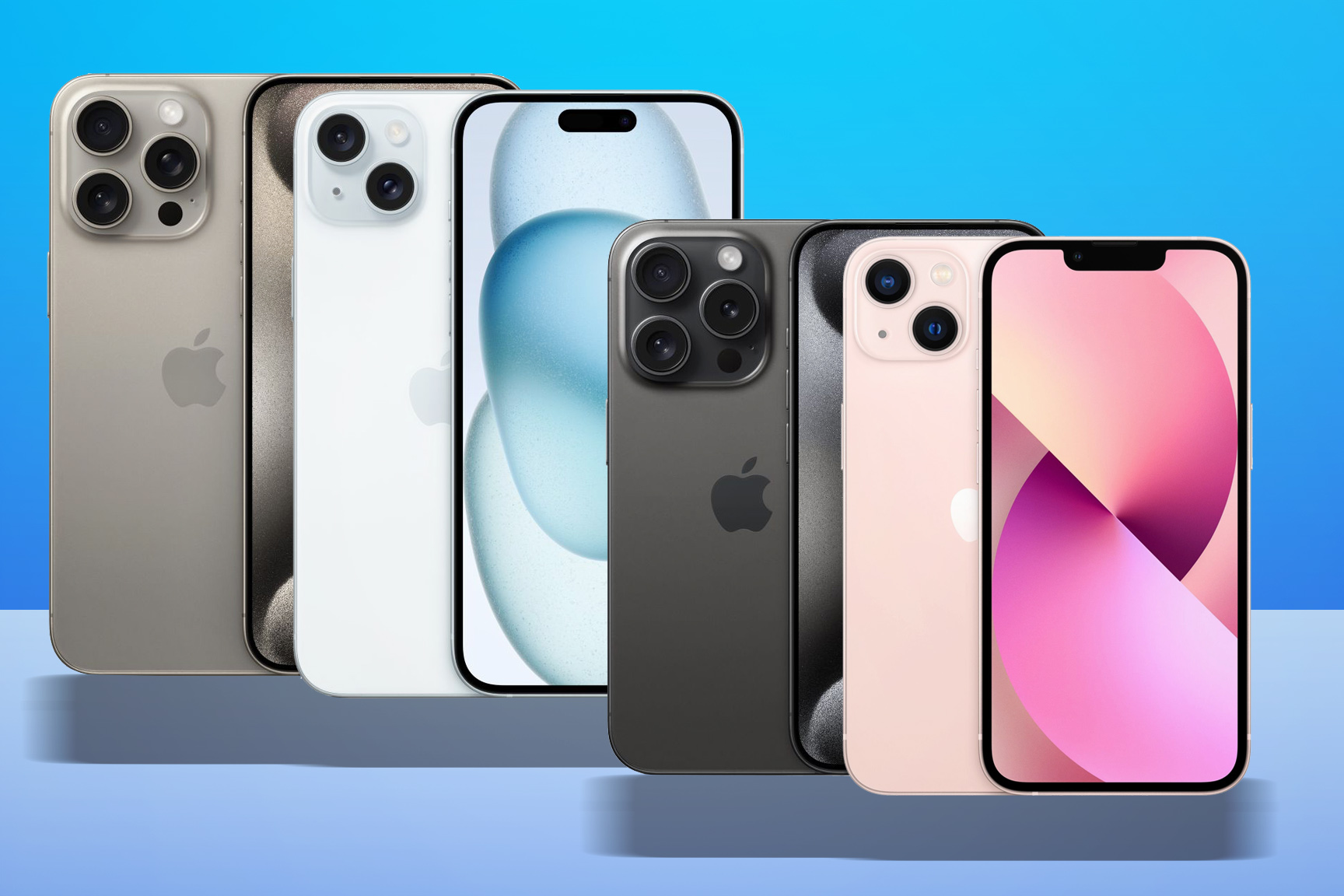The iPhone 16e isn’t a revolutionary mid-range phone. It was never going to be, a respin of the iPhone 14 but with the iPhone’s Action button added plus the more up-to-date innards from the iPhone 16. However, it is a new dawn for Apple in one significant way – the Apple C1.
The C1 is a new cellular modem – pretty dry stuff on the face of it – but this is so significant because it’s the first time Apple has developed its own. That means it has even more control over the hardware in the iPhone as it can add the modem to the long list of components it completely develops in-house.
The journey to the C1 has, however, been a very tough one. Apple has spent billions on developing its own modem. You don’t have to look much further than Apple’s own announcement from 2019 that it was buying Intel’s cellular modem division for $1bn. Intel had been developing its own 5G modem which it was going to supply to Apple. But as I wrote back in 2019, it had been trying to do this for several years and essentially couldn’t produce a product that was power efficient enough for inclusion in a modern smartphone.
This was at a time when Qualcomm was pressing ahead with 5G support (it had launched its first 5G modem back in 2016 so was well advanced) Apple found itself in a difficult spot. It had been involved with a long-running legal spat with Qualcomm which had caused the failed move to using Intel modems.
So Apple decided to eat humble pie with Qualcomm by ending the legal issues, take its modems for a few years and develop the C1 itself by buying up the Intel cellular expertise. Six years on and here we are, with the first Apple-developed modem which will doubtless also appear in future flagship iPhones, iPads and potentially even Macs (please).
For such a significant development, there was only a very small mention of it in the 16e launch video and the accompanying press release. In it, Apple claims the C1 is “the most power-efficient modem ever on an iPhone, delivering fast and reliable 5G cellular connectivity”. It will be interesting to see whether there is any discernible effect on battery life when it comes to my review (I’d expect not) but it will be interesting to see what former modem provider Qualcomm has to say on the subject of the C1’s power efficiency during the upcoming Mobile World Congress event.
One thing the C1 certainly lacks is support for the faster mmWave version of 5G, which is included in US models of the iPhone 16 as networks there are more advanced with this (the iPhone 16 has Qualcomm’s top-end Snapdragon X75 modem inside). mmWave will be available more widely at some point and perhaps will be supported with a C2 modem. So there will be no gigabit cellular speeds for iPhone 16e in areas where it is supported.
What will be interesting is how quickly Apple moves new iPhones across to its own modems – how gradual will it be? We’ll find out in September if the iPhone 17 lineup still retains Qualcomm modems (perhaps only for mmWave models). Maybe we’ll have to wait for a 17e for another iPhone with an Apple modem? Time will tell.

